- Home
- Project overview
- Solar energy
- Senegal: Clean Energy from Solar Systems
- Mali: Rural electrification with PV-Mini-Grids
- Brazil: Agriphotovoltaics in the village of the indigenous Pankará
- Mongolia: Heating with solar electricity
- Madagascar: Clean solar power replaces heavy fuel oil power
- Kenya: Solar water desalination system
- Madagascar: Solar powered rural electrification program
- Dominican Republic: Harnessing Solar Potential to Increase Energy indpendence
- Nigeria: Clean energy for rural electrification
- Iraq: Power supply for the refugee camp Mam Rashan
- Solar Power for the refugee settlement Domiz 1 in Iraq
- Madagascar: Clean electricity and organic food
- Lesotho: Solar Home Systems
- Ethiopia: Solar Home Systeme
- Indonesia: Solar powered water desalination plant on an island
- Ghana: Innovative distribution system for solar home systems
- Sambia: solar-powered irrigation system for smallholder farmers
- India: Solar Thermal Power Plant
- East Africa: Electric Public Transport
- Morocco: Solar Drip Irrigation for Smallholder Farmers
- Tanzania: Cooking with Solar Electricity
- Madagaskar: Solar Power for Better Healthcare
- Togo and Burkina Faso: Decentralized solar drinking water networks in West-Africa
- Tanzania & Kenya: Cooking with Solar Electricity
- Projectupdate 2024 – Solar-electric cooking for 640 pupils in Tanzania
Projectupdate 2024 - Solar-electric cooking for 640 pupils in Tanzania
Summary
At the beginning of the year, atmosfair installed four newly developed 170 litre, 9 kW efficient electric boilers at the Magnificat School in Sanya Juu, at the foot of Mount Kilimanjaro in northern Tanzania. These boilers have sufficient capacity and, together with the 64 kWp photovoltaic system already installed by atmosfair, enabled solar-electric cooking for all 640 pupils at the school for the first time.
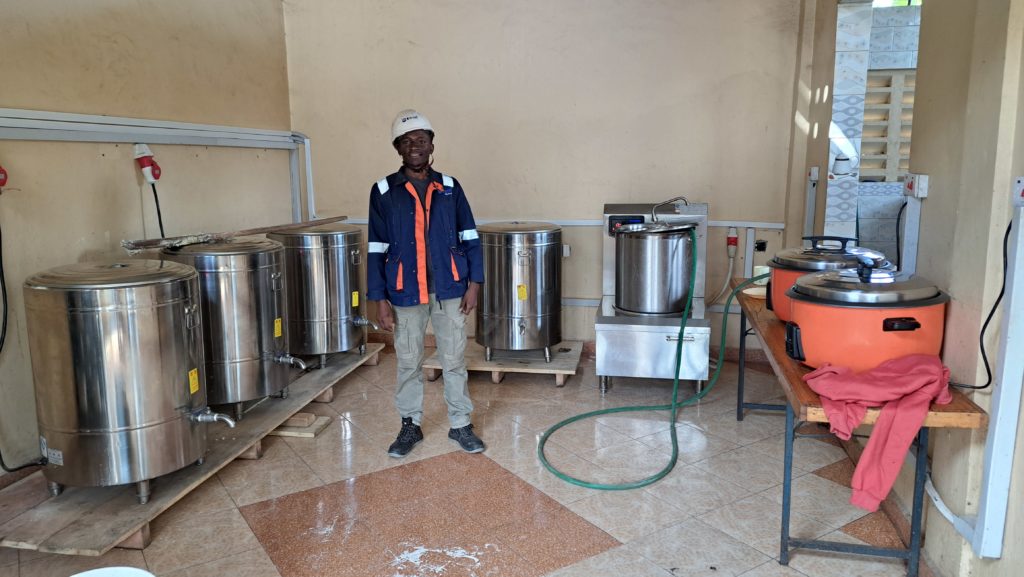
School kitchen at Magnificat for solar electric cooking with 170l electric pots, commercial induction stove (up to 100 l) and 26 l rice cookers.
Magnificat School
In February 2024, atmosfair employee Zoltán Müller-Karpe and Prosper Magali from atmosfair’s project partner WUL visited the school to ensure that the boilers were working as planned. Uji, a thin maize porridge that is served for breakfast, was prepared by cook Alex in the pots without any problems. The drain tap installed at the bottom of the kettle makes it easier to pour the maize porridge and clean the kettles afterwards. Two pots (one only half full) were needed for the entire school. We were also able to cook beans for all 640 pupils in two pots in around 3 hours. Rice was also no problem.
The big unknown was ugali, a very firm maize porridge and a staple food in Tanzania and Kenya and many other African countries. It normally requires a lot of kneading when cooking and, especially in the quantities required in large schools, a lot of sweating as the porridge becomes firmer and firmer. The kettles not only proved to be suitable for Ugali, but also simplified the cooking process thanks to the heat insulation and precise power regulation. After cook Alex had brought the water to the boil, we stirred in the measured maize flour and kneaded the porridge just until all the lumps of flour had dissolved. We closed the lid and reduced the power from 9 kW to 2 kW. The ugali was cooked without the need for further kneading and without burning. The subsequent cleaning of the pots (including the drain) was therefore much easier and quicker than with the previous wood-fired pots, which always left burnt maize pulp at the bottom of the pot. Two full electric pots are used to cook ugali for all 640 pupils.
The installed battery capacity of the solar system proved to be sufficient for the school’s night-time power consumption even during power cuts. This means that the now defective diesel generator remains switched off. However, atmosfair will double the battery capacity in order to be able to cover the peak power consumption of all electric boilers, especially in the morning hours, and to guarantee solar-electric cooking at all times.
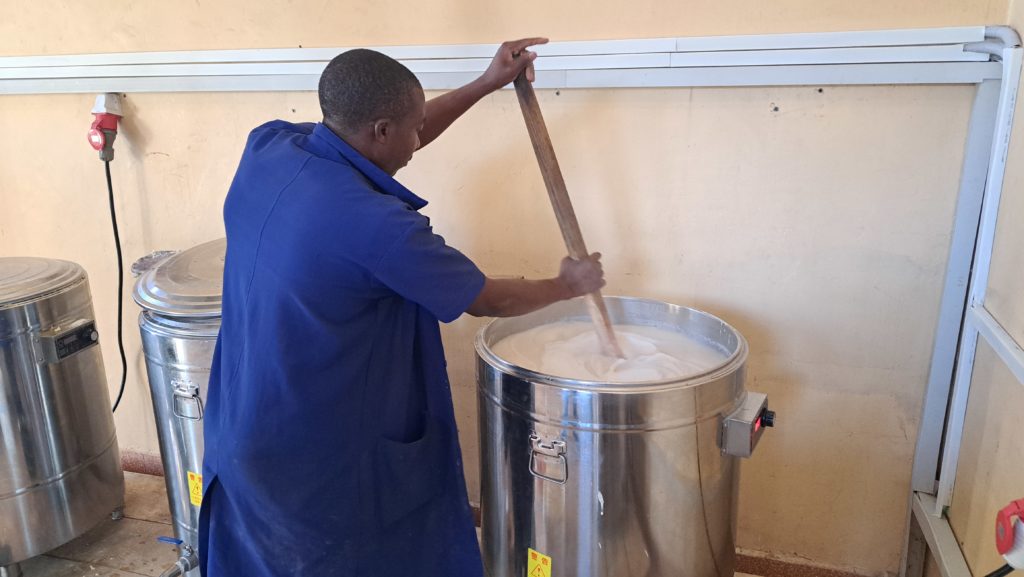
Alex cooks Uji for 640 students in two 170 l pots (one pot only filled half). Due to the very good heat insulation the Uji can be prepared in advance if needed and still be served hot many hours later.
Efficient electric pots
The electric cooking pot made of durable, stainless steel were developed by the Danish company Pesitho especially for the African market. Compared to standard electric boiling pans for commercial kitchens, they are not only more cost-effective, but also more energy-efficient and require less maintenance. Instead of a more complex and maintenance-intensive indirect heat transfer via steam or oil in the double wall of the pot, the pot is heated directly via a heating element in the base of the pot. Energy consumption during cooking is reduced by the thermal insulation in the boiler wall and in the boiler lid as well as the automatic power regulation. This automatically reduces the heat output as soon as the target temperature (normally 100 °C) is reached.
atmosfair will use the electric cooking pots with capacities from 50 litres to 400 litres during the project expansion for the future solar-electric cooking systems for schools – supplemented by rice cookers of up to 30 litres for smaller institutions or cooking for fewer people, e.g. only for teaching staff.

Electric pot: After the cornflour is mixed with the boiling water or Uji (one bucket of flour to 1.5 buckets of water); no further stirring required. The lid is closed and the power is reduced to 2 kW. The ugali cooks and hardens to the desired consistency. No burnt ugali remains on the bottom of the pot. This reduces food waste and makes cleaning a breeze.
Tuleeni children's home
atmosfair and WUL also visited the Tuleeni Children’s Home near Moshi, also at the foot of Mount Kilimanjaro. Here, the solar-electric cooking system installed by atmosfair with two 23-litre rice cookers, solar and battery system enables 100% solar-electric cooking for the 25-50 children as well as for the staff. During the training, the cooking staff learnt how the rice cookers can be used to prepare all dishes, from Uji and Ugali to beans and noodles, in a simple and energy-efficient way.
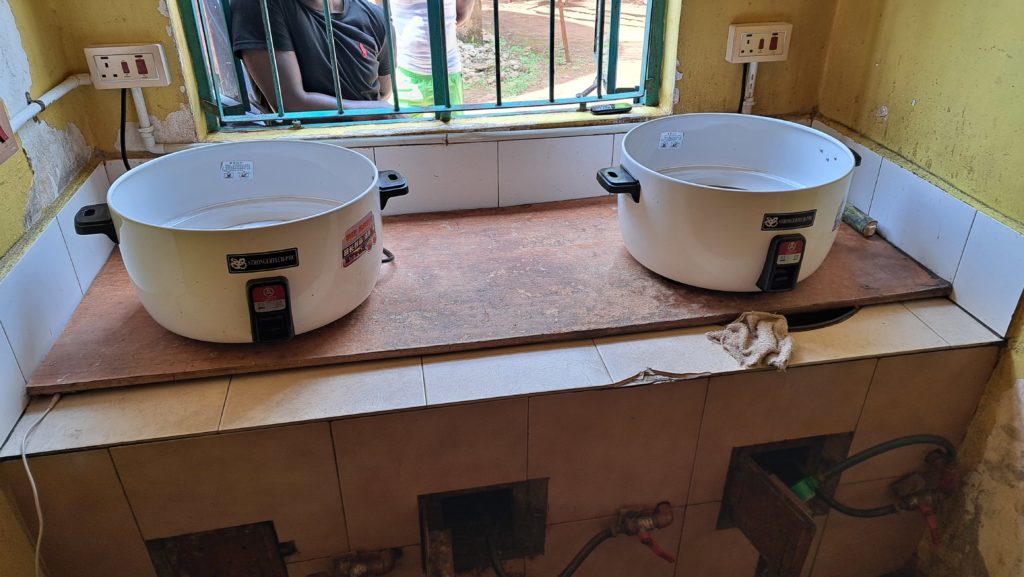
The two 23 l rice cookers installed for solar electric cooking at Tuleeni Children’s Home in Moshi.
More Fotos
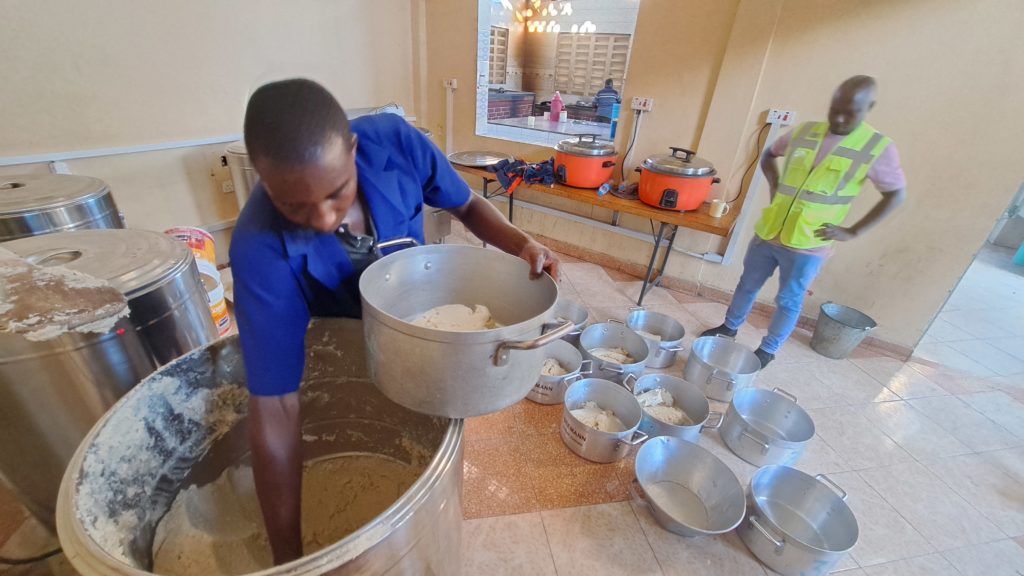
Alex distributes the cooked Ugali to smaller pots. One pot for each table with 10 students.
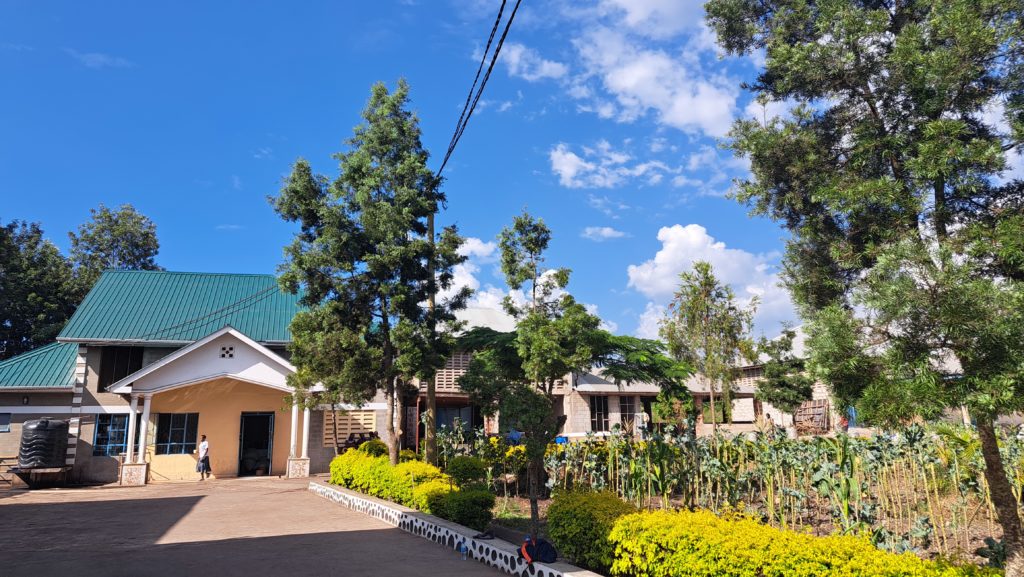
School kitchen at Magnificat School with new power lines installed to support a cooking load of up to 60 kW.
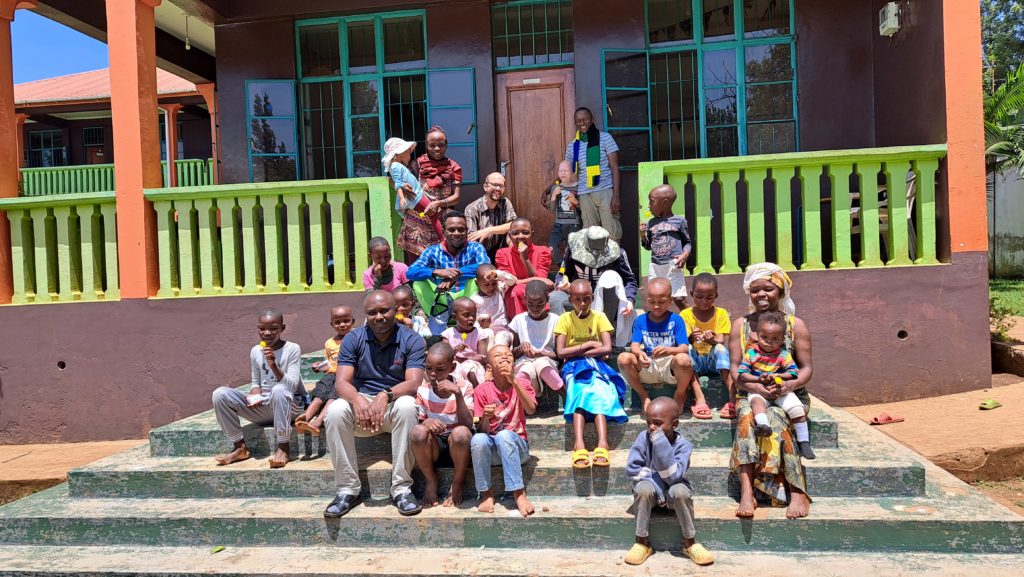
atmosfair and WUL employees together with children and employees of Tuleeni Children’s Home in Moshi, Tanzania.
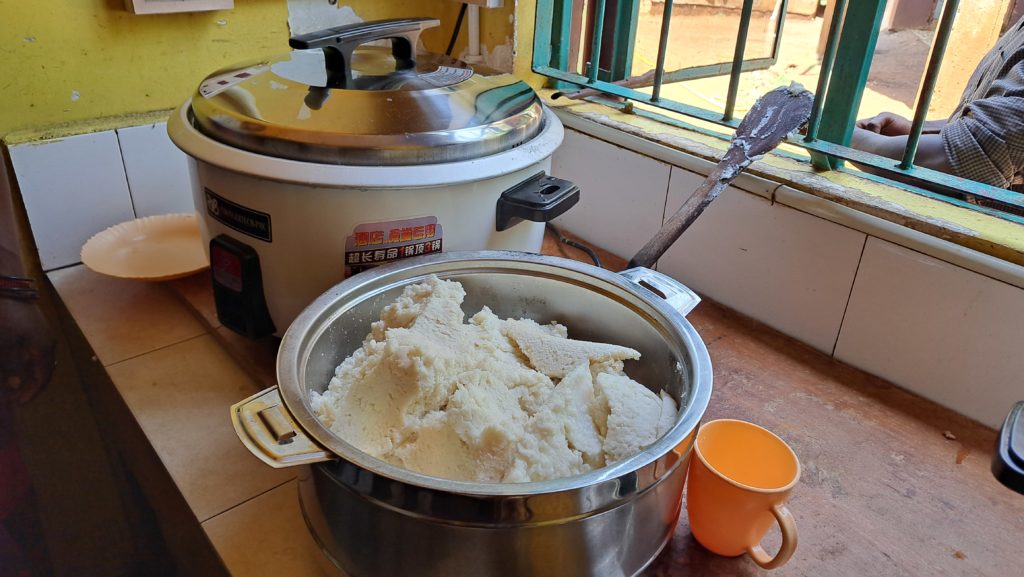
Rice Cooker: After the maize flour has been mixed thoroughly with the boiling water or Uji (ratio of 1 bucket flour to 1.5 buckets of water) no further stirring is needed. The lid is closed and after 2-4 min the Rice Cooker automatically switches to low power mode. The Ugali cooks and hardens to the desired consistency. No burned Ugali is left on the pot bottom reducing food waste and making cleaning a breeze.


 Share
Share Tweet
Tweet